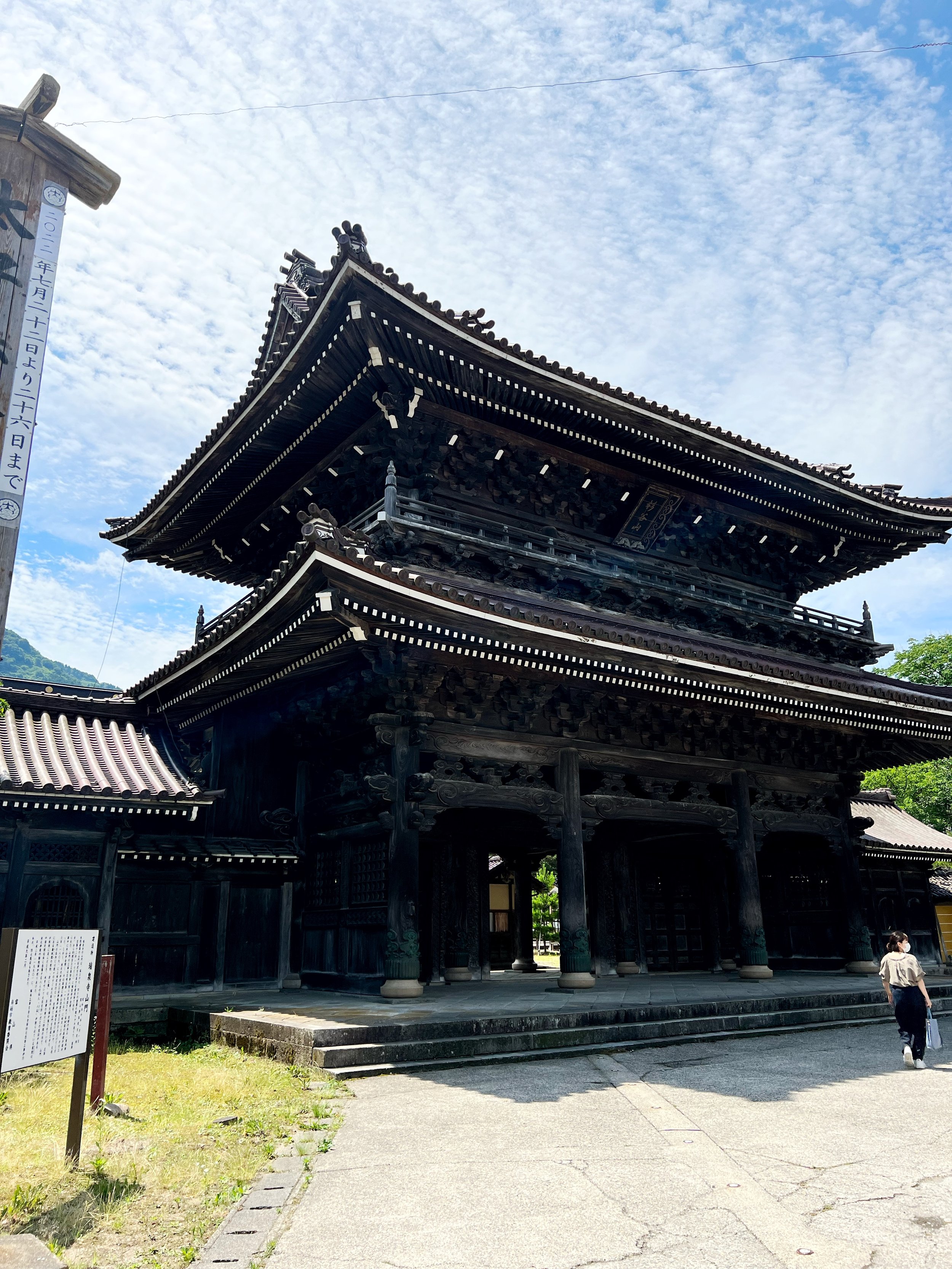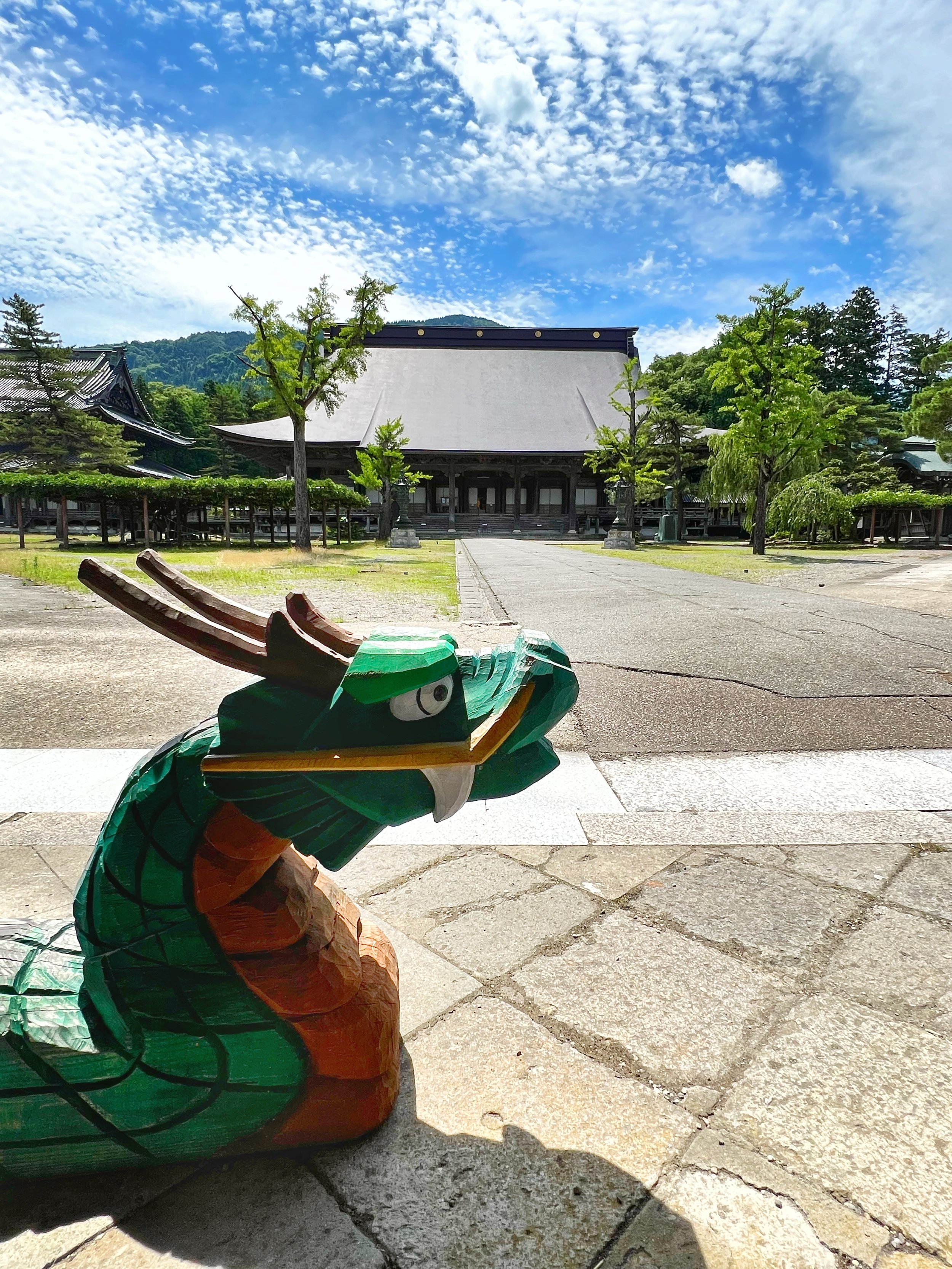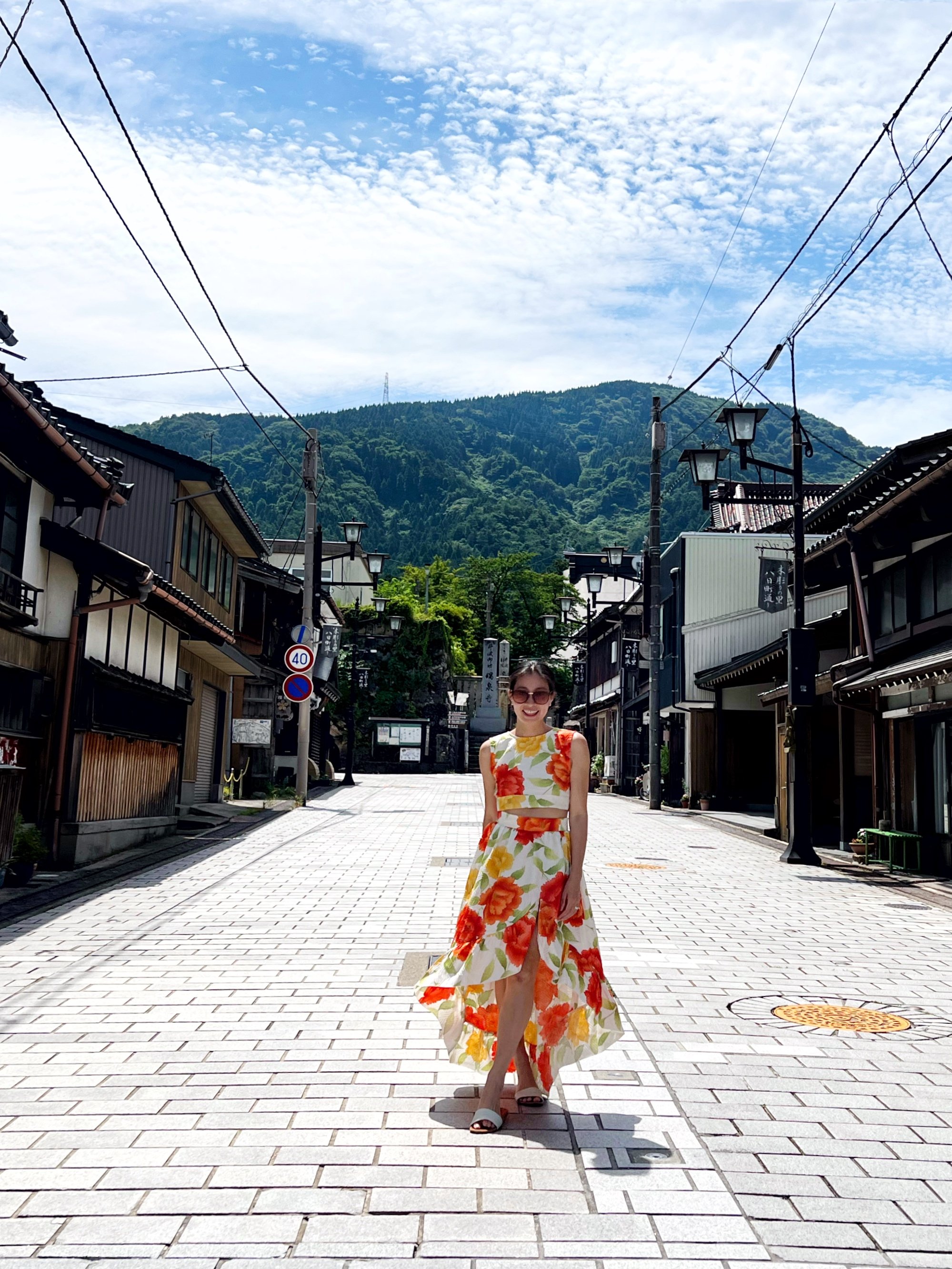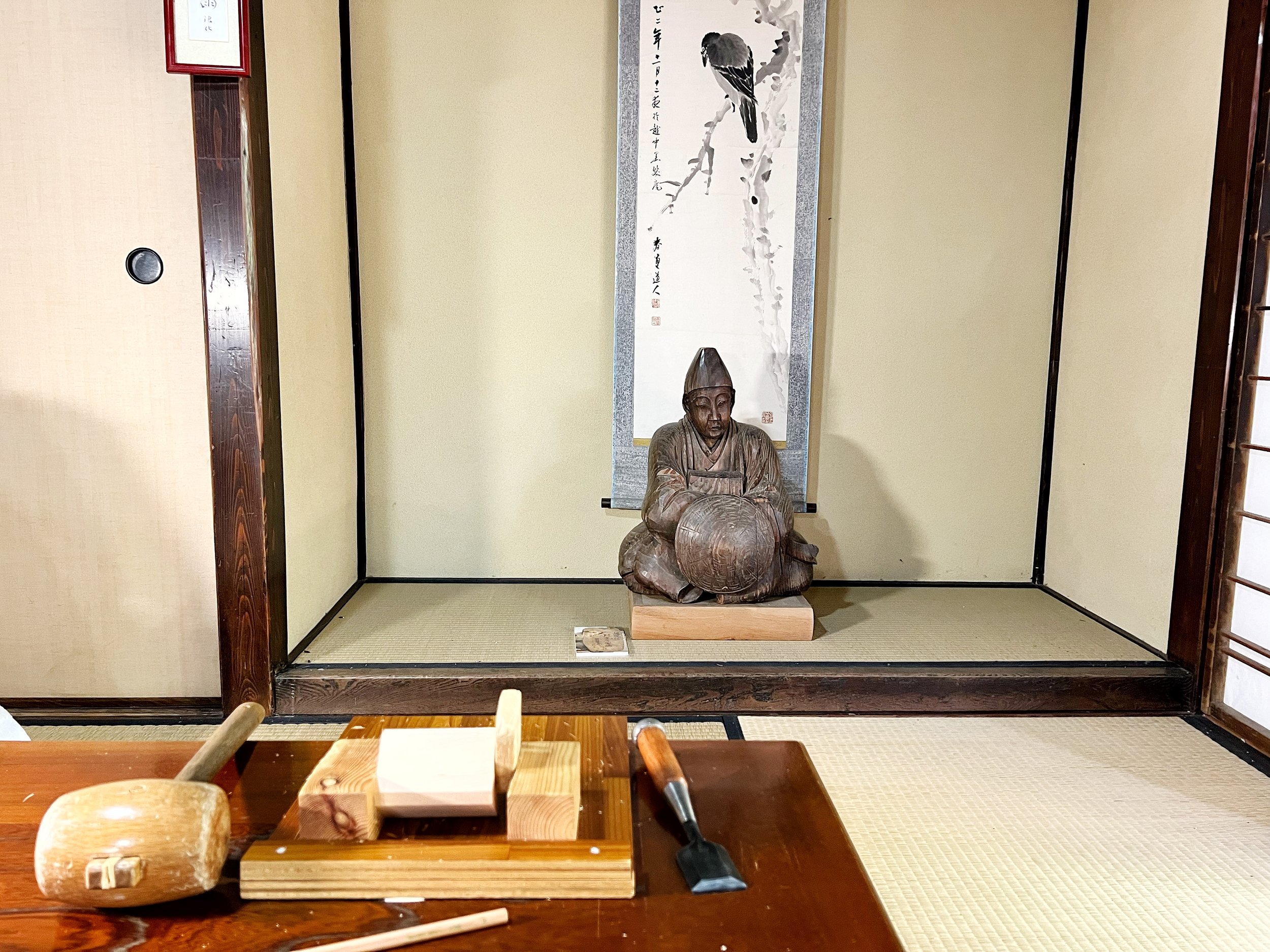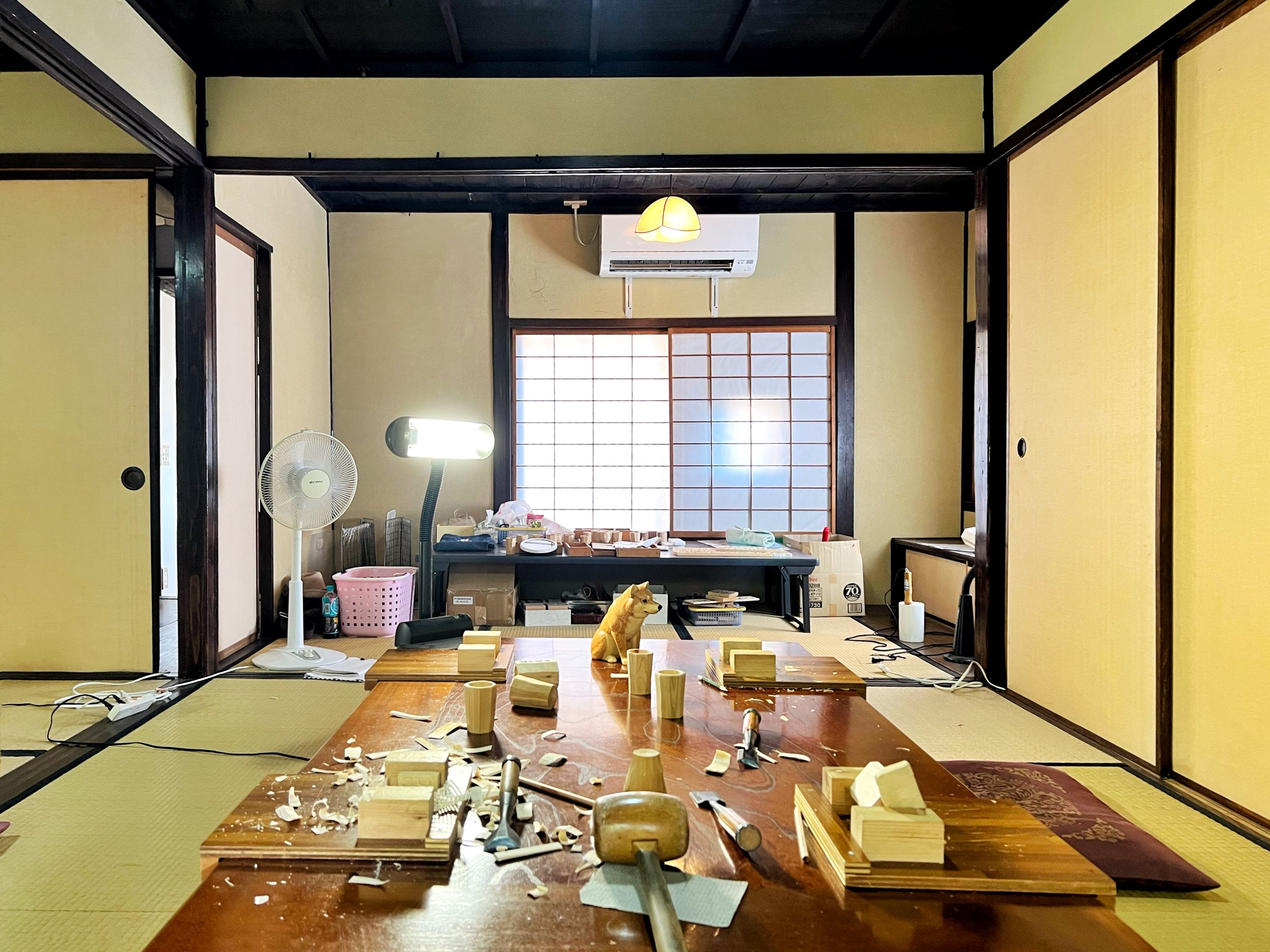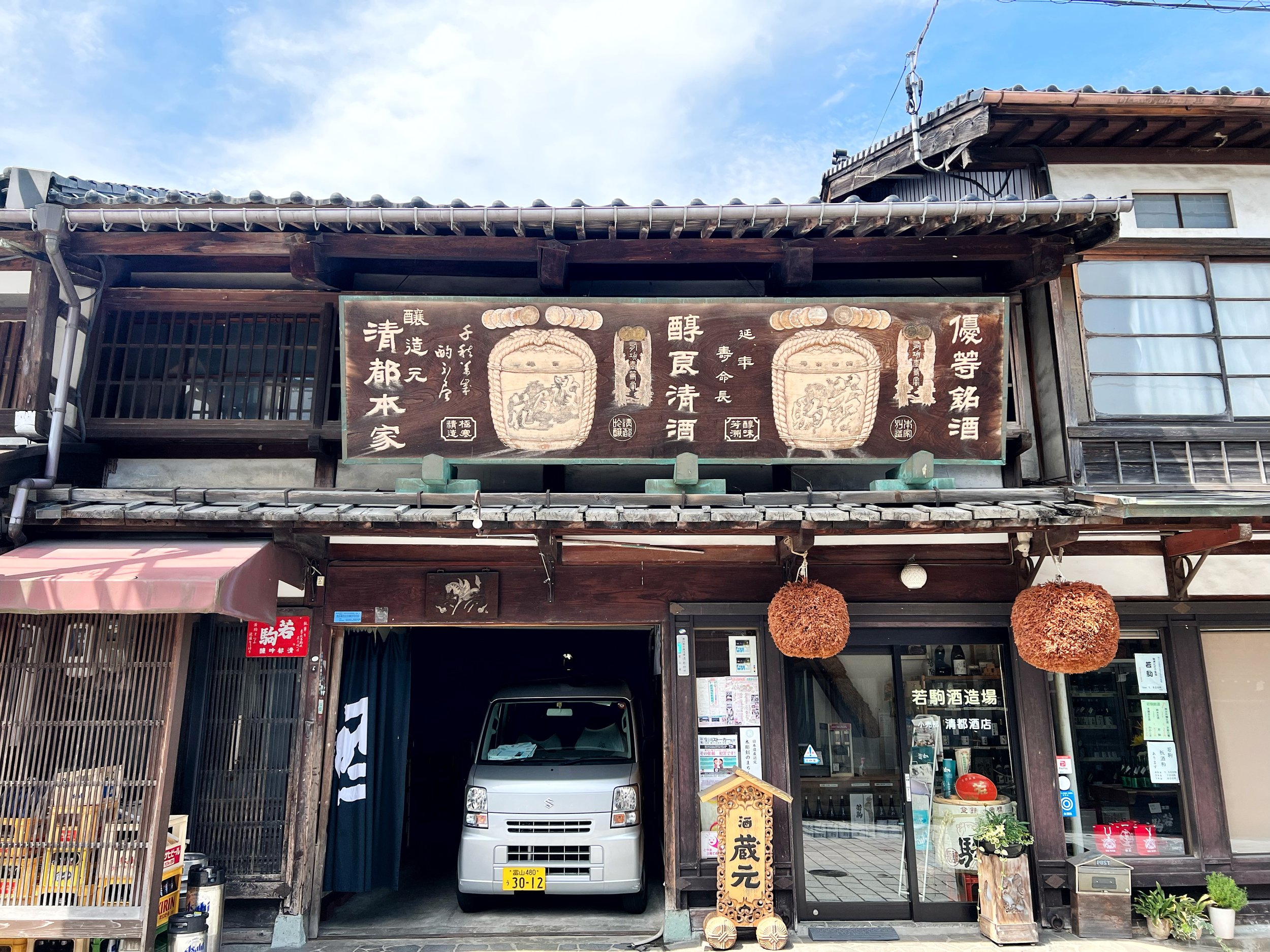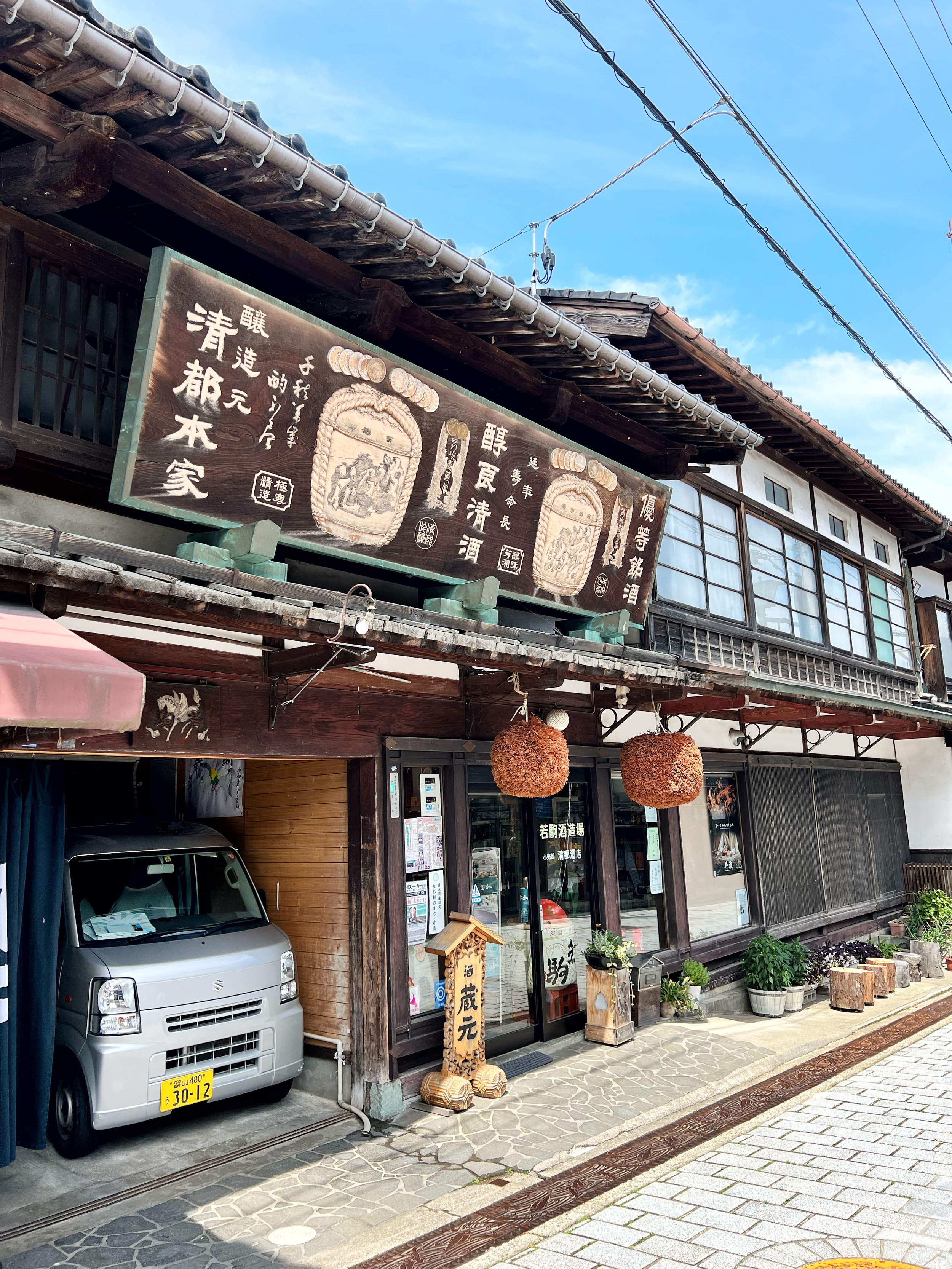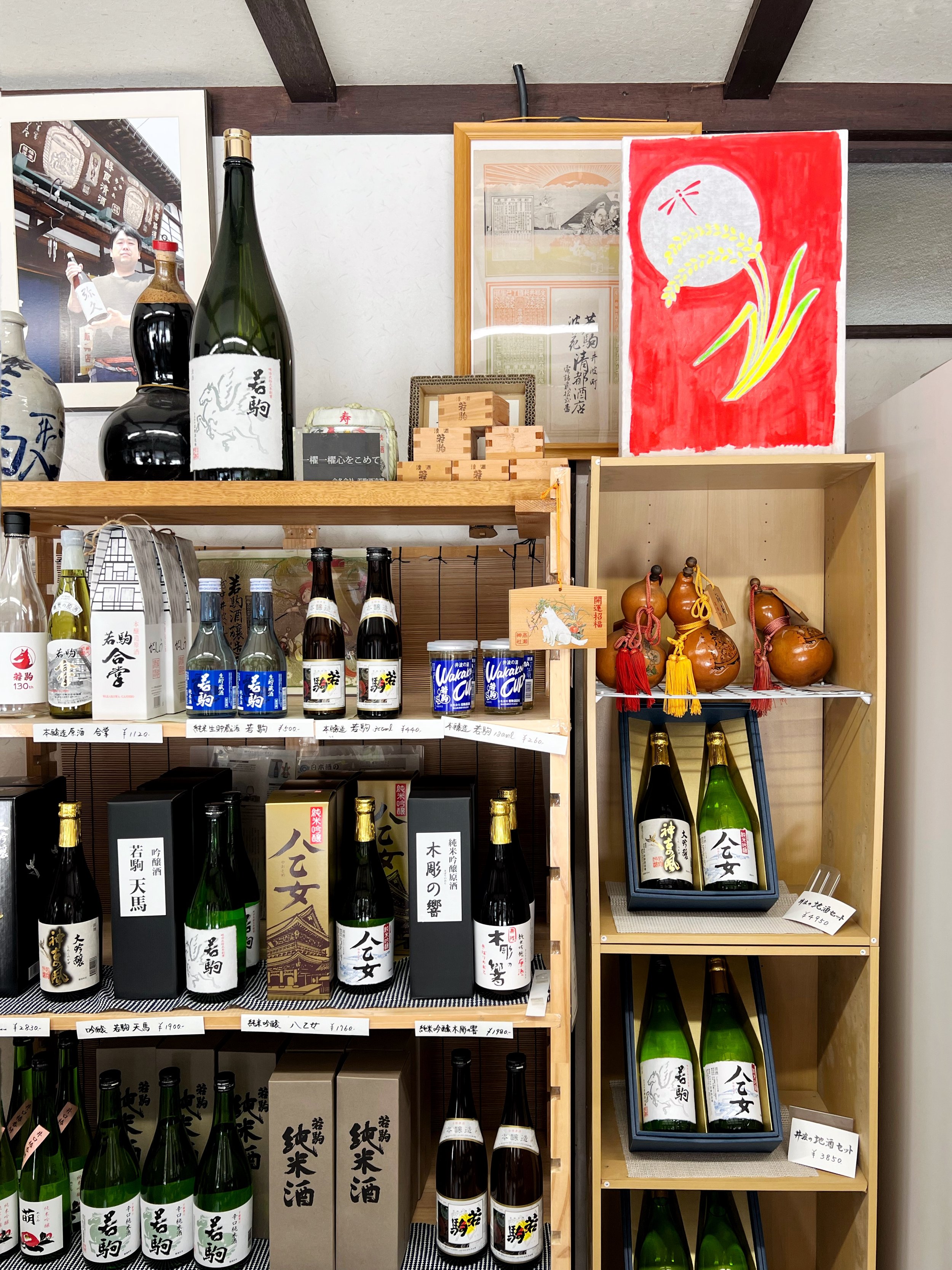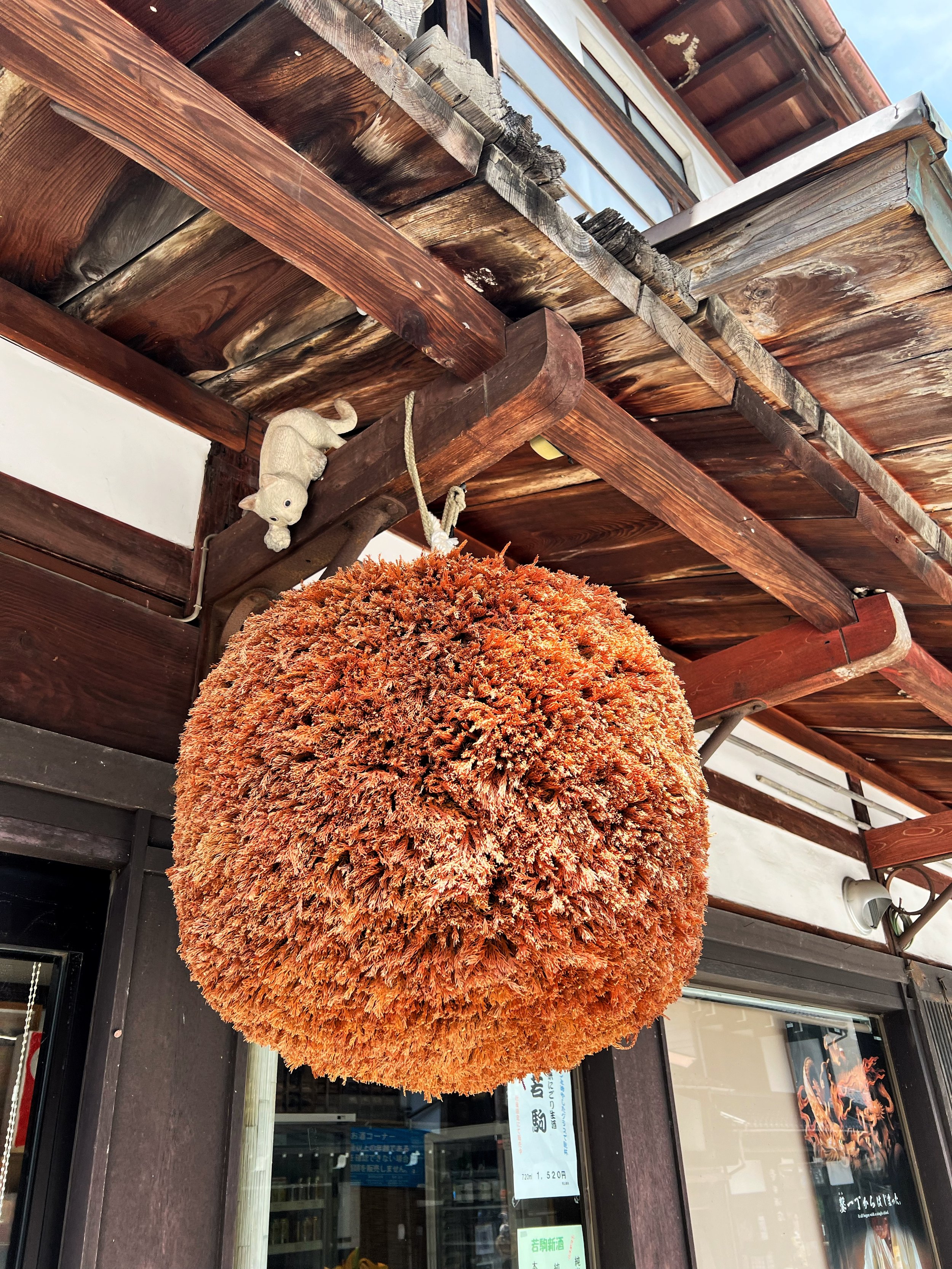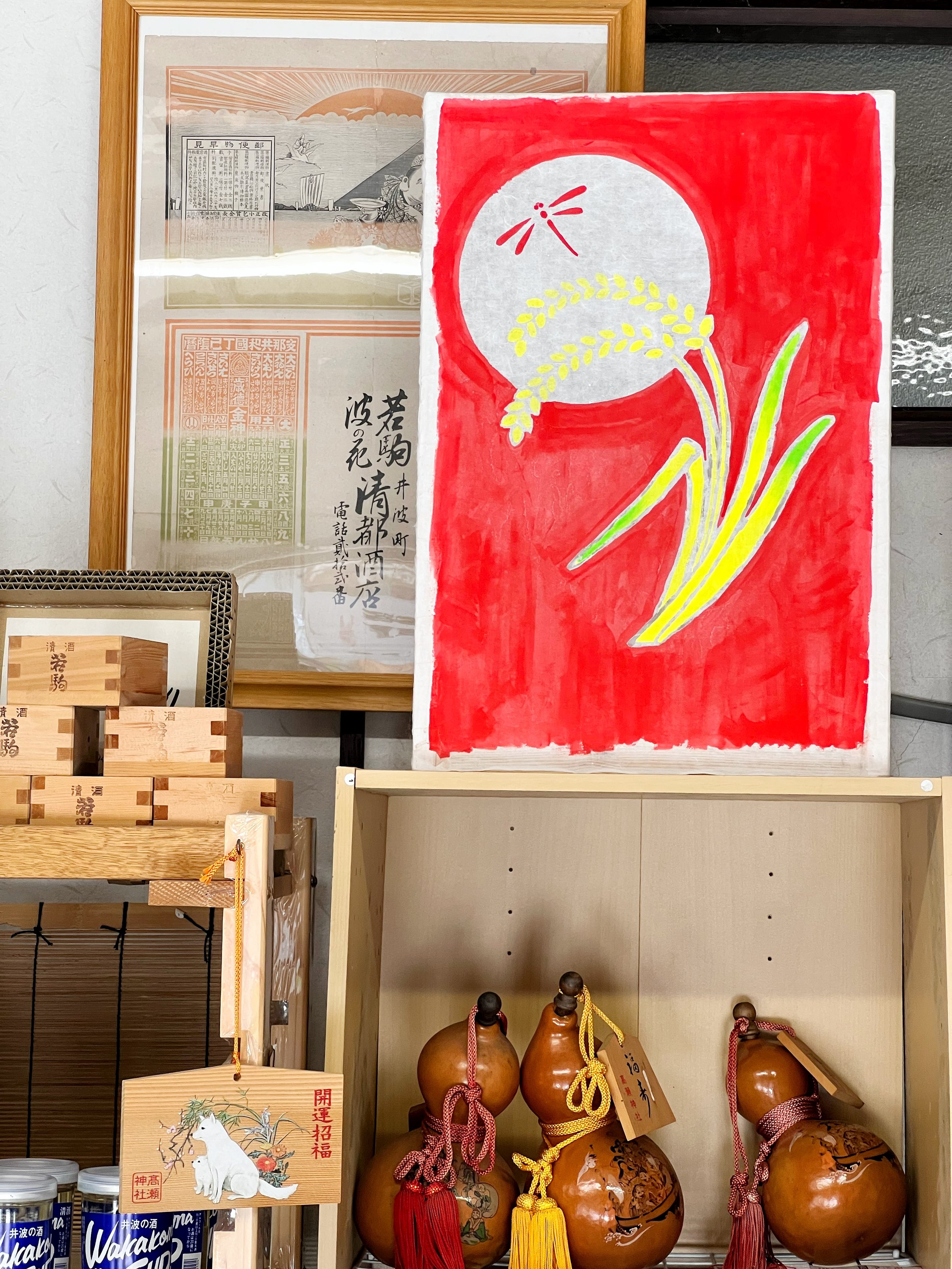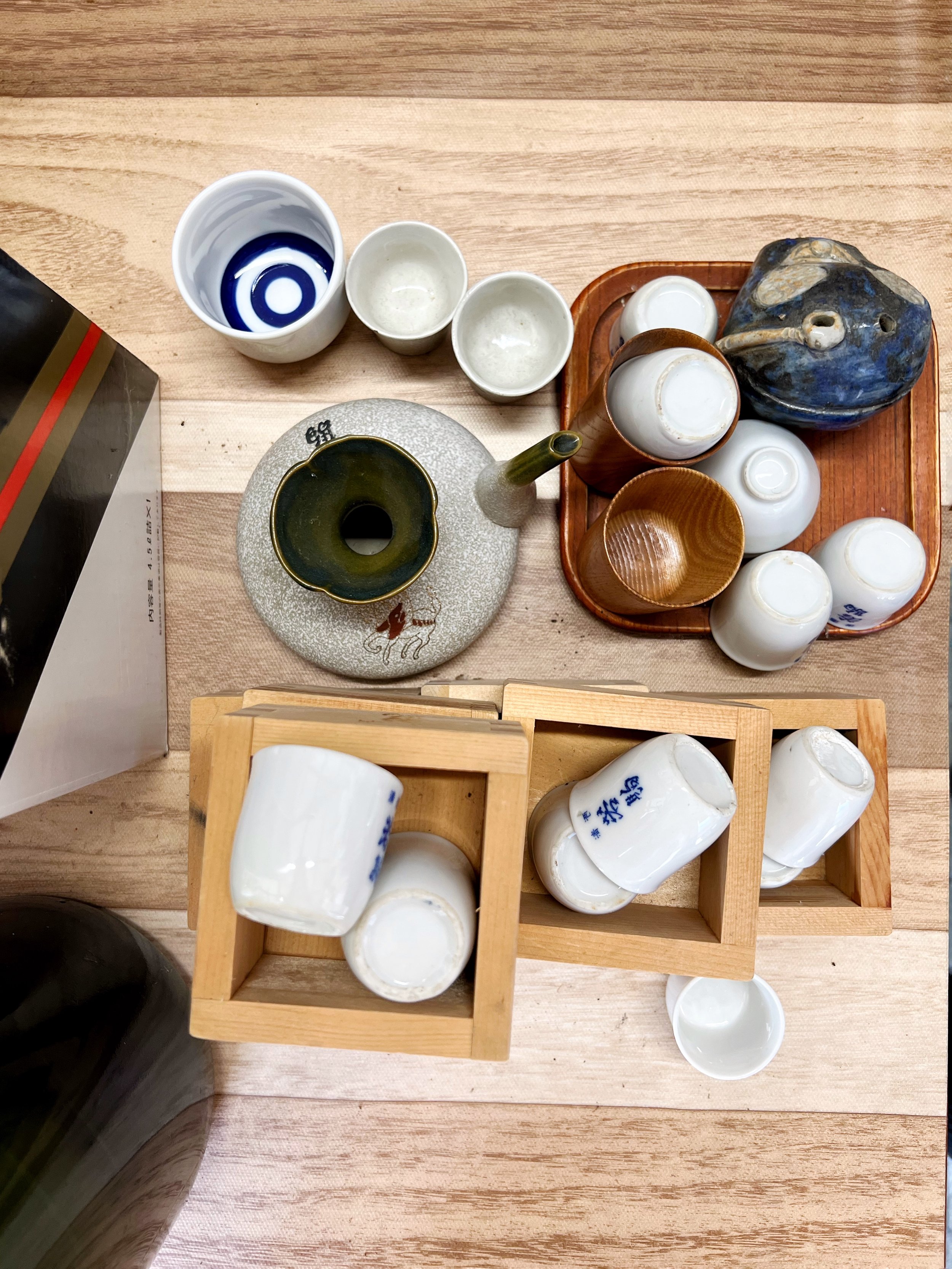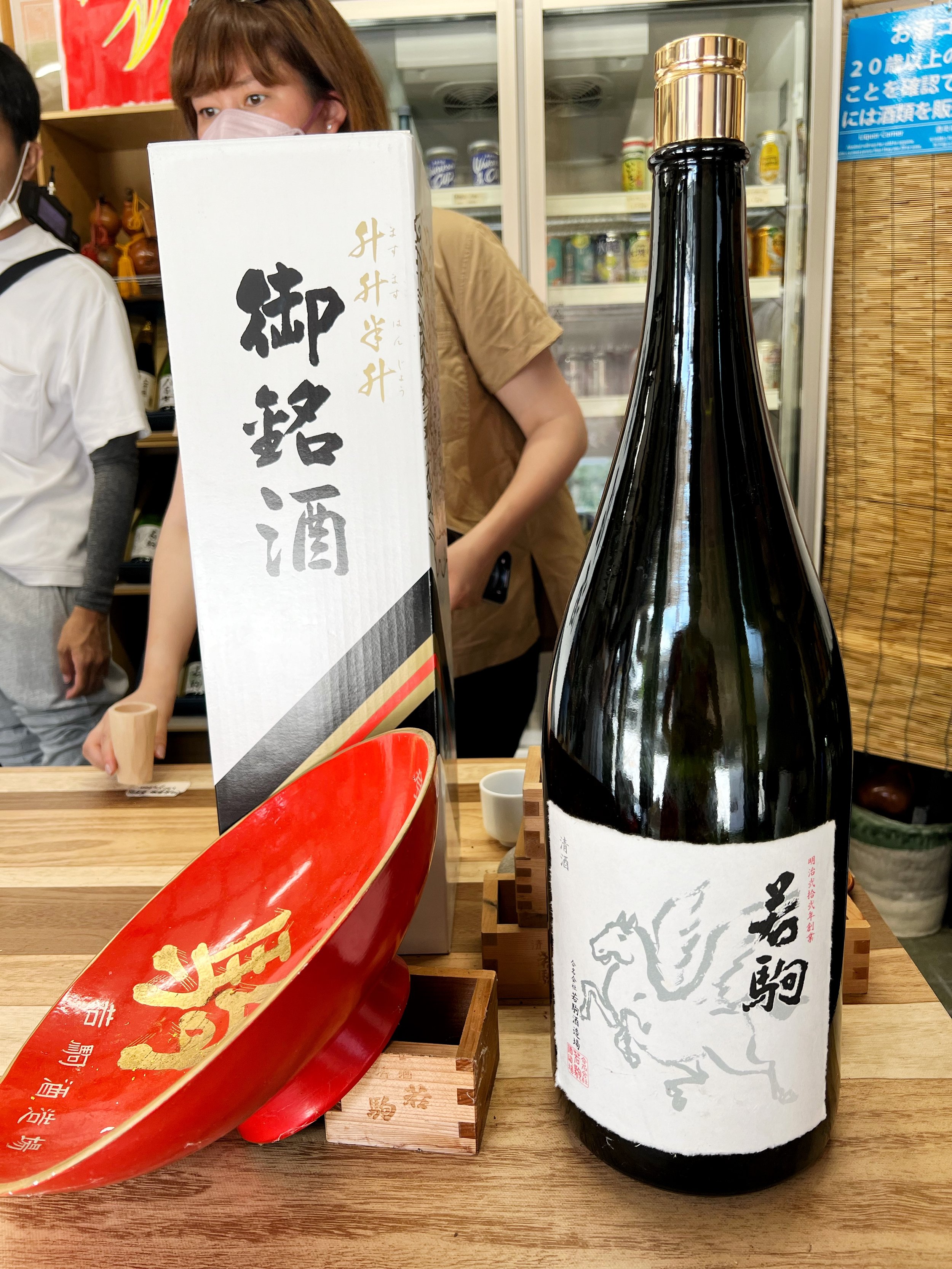Inami
Acclaimed nationwide, is the charming town of Inami in Nanto City of Toyama Prefecture renowned for its master shokunin wood carving/sculpting craftsmen. This temple town’s unexpected rise to become the Japanese capital of woodwork began after its main Buddhist temple Zuisenji built in 1390, sustained immense fire damage over 100 years ago. Subsequently Maekawa Sanshirou, a famous master wood scupltor was deployed from Kyoto to rebuild the temple, and it’s his skills that have been passed down through generation after generation as the foundation for modern Inami woodcarving, for many of the carpenters, artisans and their apprentices who worked under Sanshiro decided to settle in Inami, polish their craft and flourish in such an intimate, supportive community.
Reconstruction was completed in 1885 and Zuisenji now stands as the largest wooden temple in the Hokuriku area, with its first great gate called Sanmon. Walking through the temple grounds, one can observe in all its beauty, the intricate detailed work of the carvings depicting ancient, traditional or mythological motifs from Japanese legend, history and the Chinese zodiac.
MAEKAWA SANSHIRO’S DRAGON
As you enter the temple’s grounds, a vibrantly painted dragon greets you, painstakingly carved by Maekawa Sanshiro. Legend states that the temples and surrounding buildings, According to the legend, the buildings were saved from another immense fire due to this dragon sucking out the well’s water to splash it over the flames, extinguishing the fire.
YOKAMACHI DORI
This beautifully paved main shopping street leading to the entrance of Zuisen-ji temple is lined with stunning traditional kominka, all adorned with multiple detailed wood carvings. Keep your eyes peeled, as there are roughly twenty wooden cat sculptures hidden throughout the townscape.
Many of the kominka are woodcarving workshops, where the sounds of the tools working their magic has been named as one of the “100 Soundscapes of Japan” which represents the true sounds of the country.
HINOKI SAKE CUP CARVING
There are various workshops one can enjoy in Inami, however for me I was undoubtedly interested in carving my own sake cup with hinoki wood from a shokunin master. Time wise it takes roughly one hour, and if you wish to have a more intimate experience, you can also have the option of extending the experience to have a fine Japanese lunch at a traditional home, followed by a tour of the earthern brewhouse of Wakakoma Sake Brewery and sake tasting.
WAKAKOMA SAKE BREWERY
As we didn’t have time to include the lunch and sake brewery tour, we went straight to enjoy sake tasting after completing our Hinoki sake cups.
Established in 1889 Wakakoma is the only brewery in the area & produces crisp dry sake using only local rice and water. It’s name was derived from a flying horse from popular local legend.
Sampling sake from a hinoki cup is a unique tasting experience, as the aromas & wood of the hinoki add an extra layer of scent and flavour in comparison to drinking out of a ceramic/glass sake cup, I enjoyed it greatly!
If you’re looking to spend the night in Inami, look no further than a beautiful stay at Bed & Craft: Mitu or one of their other stunning villa properties. For those wishing for a splurge and something truly special, book a stay and/or just a meal at the divine L’evo deep in the mountains of Toyama.



